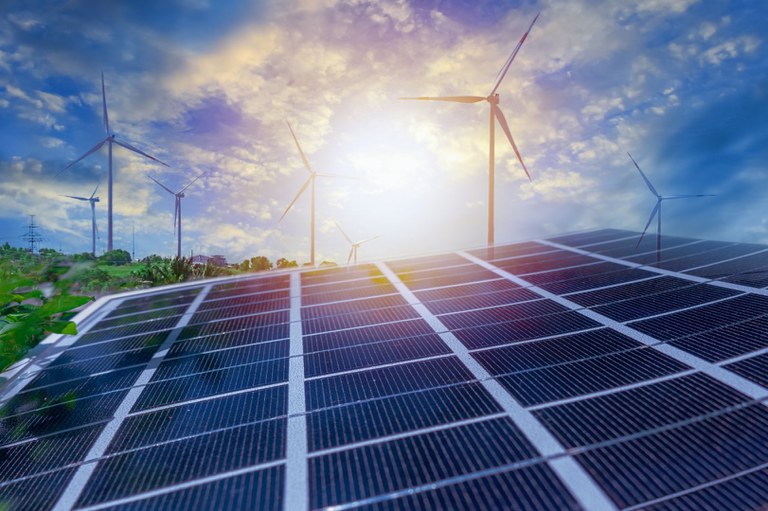Notícias
Brazil has been a reference in clean and renewable energy for over 50 years

As we celebrate 200 years of Independence, we must remember that energy autonomy is fundamental to the sovereignty of a nation. Brazil has been a reference in clean and renewable energy for over 50 years and is a pioneer in the use of biofuels.
Today, 84% of our electrical grid is powered by renewable energy and, in addition to having some of the largest hydroelectric plants in the world (Itaipu, Belo Monte, Tucuruí, Paulo Afonso, Ilha Solteira, etc.) we are also becoming a global example in solar and wind energy.
This year, solar energy reached 16.4 (GW) of installed capacity and became the third largest source in the Brazilian electricity matrix, behind only hydroelectric and eolic power, consolidating Brazilian electricity as clean and renewable.
With the New Legal Framework for Solar Energy, those who begin photovoltaic generation in 2022 will not pay taxes until 2045. BNDES, our national development bank, is also financing national manufacturers of solar energy equipment.
Wind power accounted for 10.7% of domestic electricity supply last year, an expansion of 22%. Currently, 777 plants have been installed with a capacity of 21 gigawatts, with another 4.9 gigawatts are under construction.
Last year, Brazil registered a historical record in free-market power plant expansion, with more than 3 GW installed. 75% of the plants implemented were wind and photovoltaic.
The Brazilian government created a working group whose mission is to define the rules and regulations for companies interested in installing offshore wind farms in Brazil. The 1st authorization should take place at year’s end, according to the Ministry of the Environment.
Studies indicate that Brazil has enormous potential as a producer of offshore wind energy due to the country's immense coastline of more than 7,400 km, constant winds and relatively shallow waters.
The Ministry of the Environment points out that - considering only the most viable areas - Brazil has a capacity of about 700 gigawatts (GW), four times the country's total production and almost 20 times the offshore wind energy currently produced worldwide.